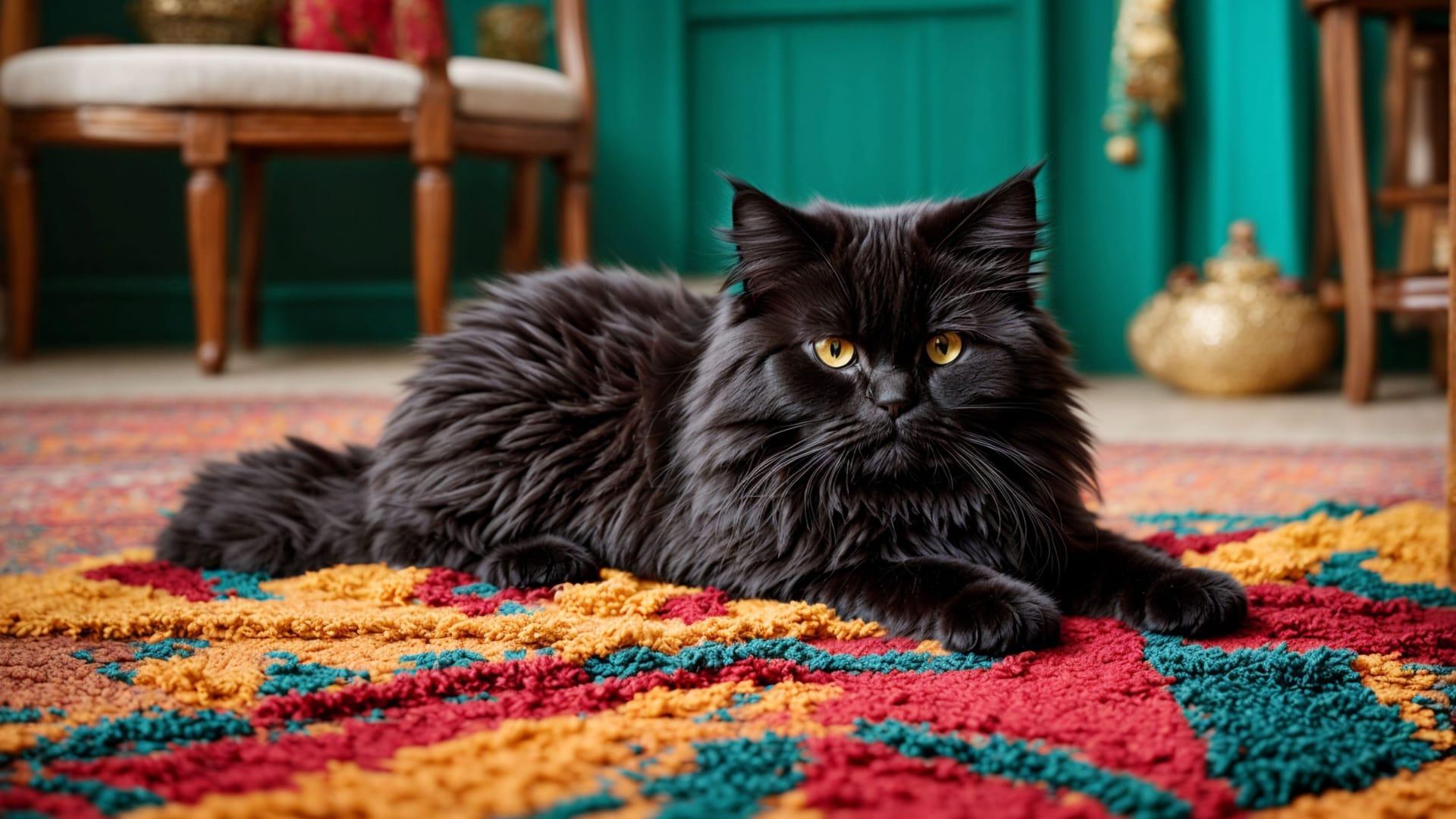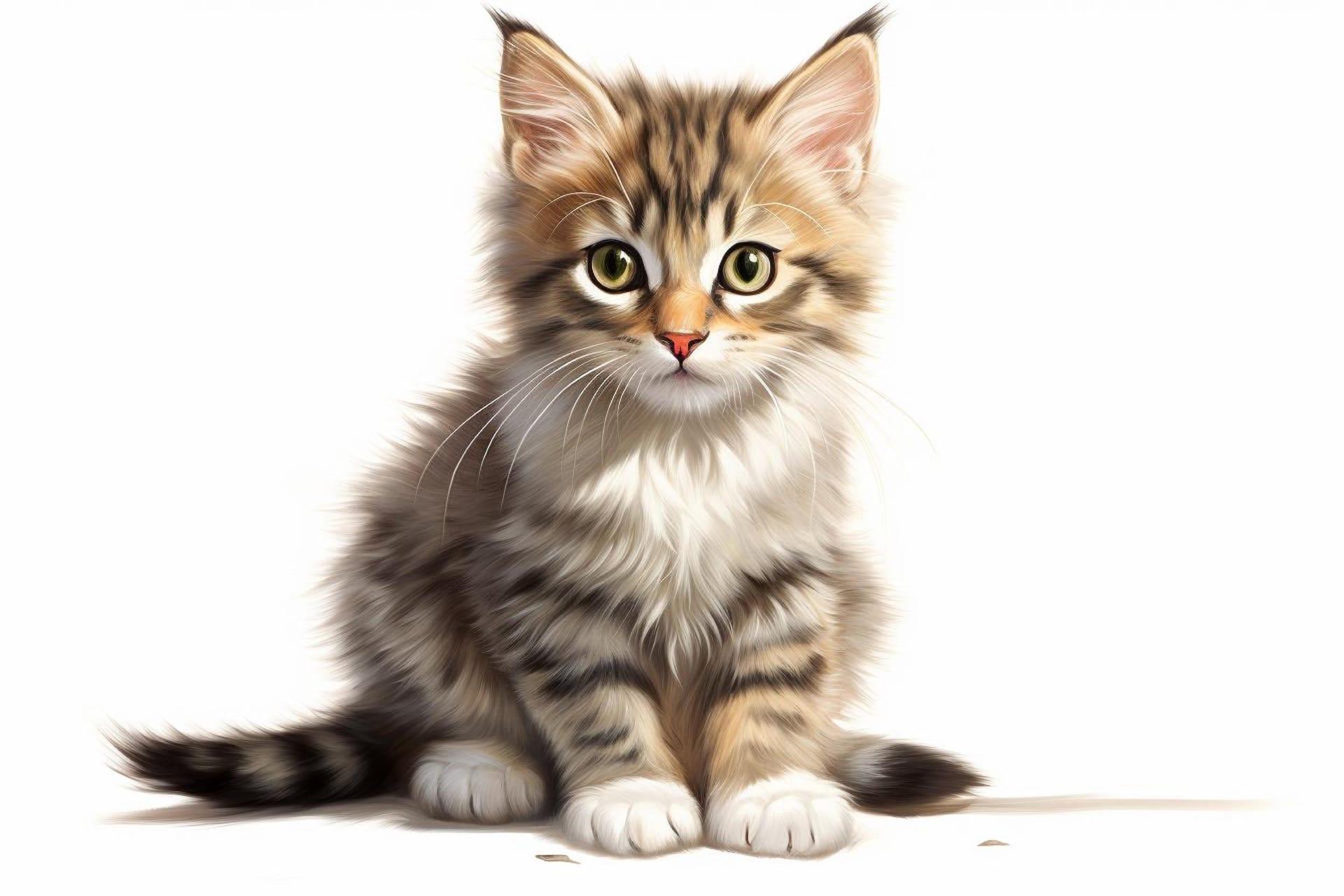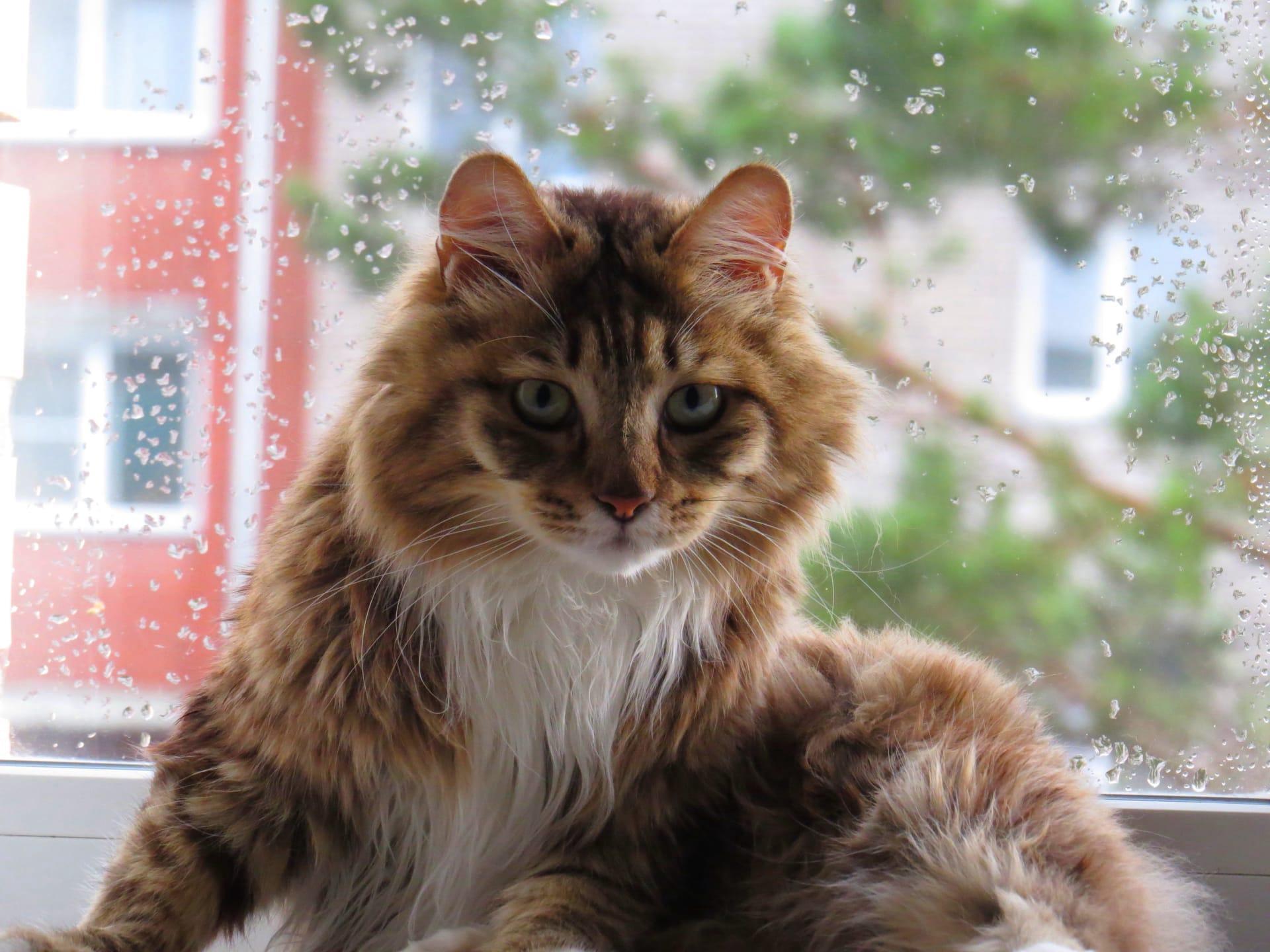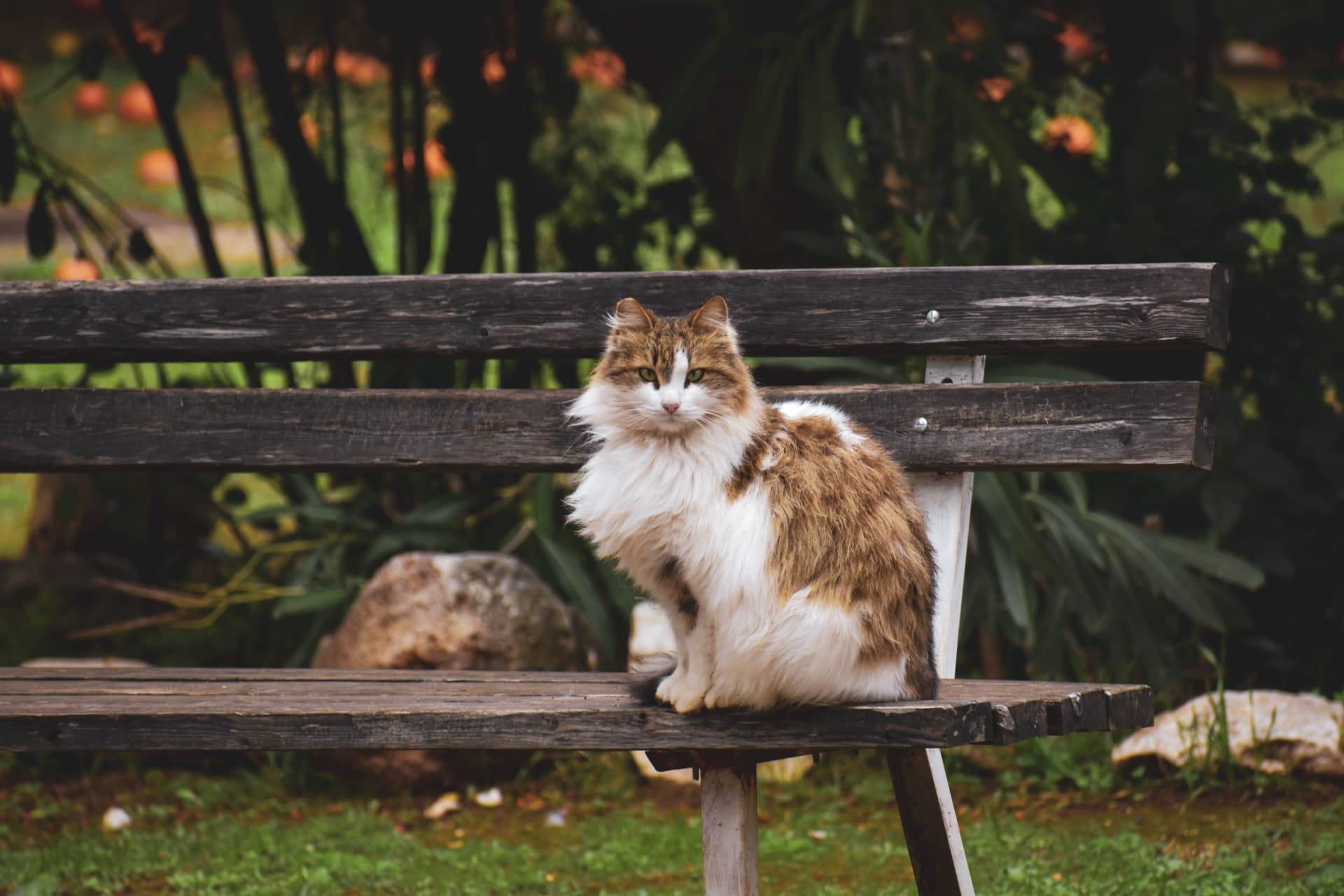Norwegian Forest Cat Characteristics
- Home /
- Mini Encyclopedia /
- Animal /
- Norwegian Forest Cat Characteristics
1
The Norwegian Forest Cat, often referred to as a "Wegie," stands out with its large size and sturdy build, reminiscent of its Viking ancestry. Adult males can weigh between 13 to 22 pounds (5.9 to 10 kg), while females are slightly smaller, ranging from 8 to 18 pounds (3.6 to 8.2 kg). Their lifespan typically spans 14 to 16 years, a testament to their robust health and vigor. These cats feature long, water-resistant coats and tufted ears and paws, adaptations to their native cold climates.
One of the most distinctive organs of the Norwegian Forest Cat is its thick, double-layered coat. This remarkable feature serves as a waterproof barrier, protecting them from harsh Scandinavian winters. The outer layer is made up of long, coarse guard hairs, while the undercoat is dense and woolly, providing insulation. This unique combination allows them to remain outdoors in very cold weather, hunting or exploring without succumbing to the cold temperatures.

2
Question: What health issues are most common in Norwegian Forest Cats?
Answer: Norwegian Forest Cats are generally healthy, but they can be prone to certain genetic conditions. One of the most notable is Glycogen Storage Disease Type IV, a rare but serious disorder affecting their ability to metabolize stored sugars. Another condition to watch for is Hip Dysplasia, more commonly associated with dogs, but also affecting these cats due to their large size. Regular veterinary check-ups and genetic testing can help manage these risks, ensuring a long and healthy life for these majestic felines.

3
Norwegian Forest Cats are known for their impressive agility and strength, showcasing a remarkable ability to climb. Their strong, muscular bodies and large paws equipped with thick claws enable them to ascend trees with ease, often to heights that would daunt other cats. This climbing prowess is not just for show; it's a survival skill honed by their forest-dwelling ancestors.
When it comes to feeding, the Norwegian Forest Cat exhibits preferences that hark back to its origins. While they adapt well to standard domestic cat diets, their natural inclination is towards high-protein foods, mirroring their ancestral diet of birds and small mammals. Offering a mix of quality dry and wet food, along with occasional treats of fresh meat or fish, can satisfy their nutritional needs and cater to their hunter's palate.

4
The Norwegian Forest Cat thrives in environments that offer a balance of indoor comfort and outdoor adventure. Originating from the rugged landscapes of Norway, they are well adapted to cold climates and love to explore outdoor spaces, whether a snowy backyard or a wooded area. However, they are equally content indoors, where their sociable and affectionate nature comes to the fore, making them excellent companions.
Reproduction in Norwegian Forest Cats follows the typical feline pattern, but they are noted for their strong maternal instincts and larger-than-average litter sizes. A female can have anywhere from 3 to 7 kittens per litter, with a gestation period of about 63 days. Early socialization and care are crucial for the kittens, ensuring they grow into well-adjusted, healthy adults.

5
Book: "The Majesty of the Norwegian Forest Cat" explores the breed's history, characteristics, and care requirements. Published in the United States in the early 2000s by renowned feline behaviorist Dr. Anna Johnson, the book offers readers a comprehensive look into the world of Wegies, from their Viking legacy to their status as beloved pets. Johnson's work is filled with personal anecdotes, scientific research, and practical advice, making it a valuable resource for both prospective and current owners.
Book: "Nordic Giants: The Norwegian Forest Cat and Its Legacy" is a detailed chronicle of the breed's journey from the forests of Norway to homes around the world. Written by British historian and cat enthusiast Charles Fergusson in the late 1990s, this book delves into the cultural significance of these cats throughout Scandinavian history. Fergusson combines historical facts with captivating stories, providing a fascinating insight into how these majestic creatures have influenced folklore, art, and society.